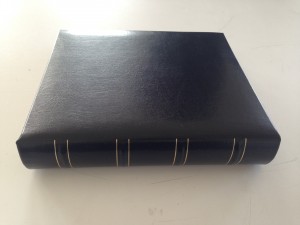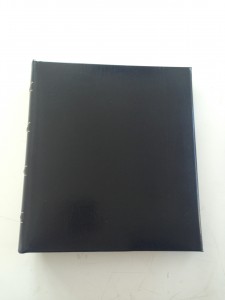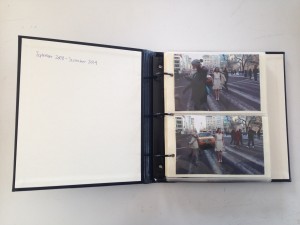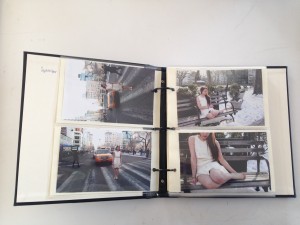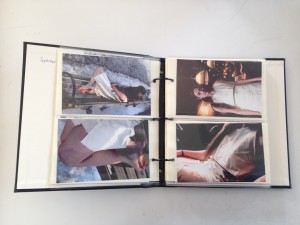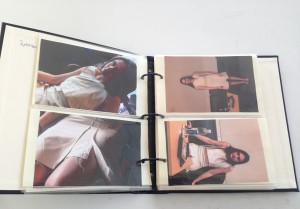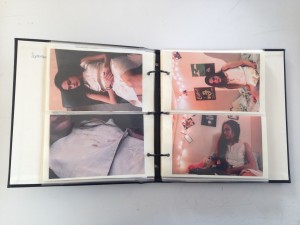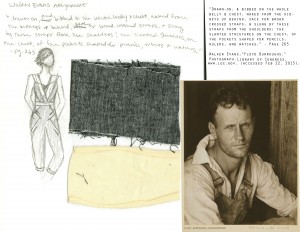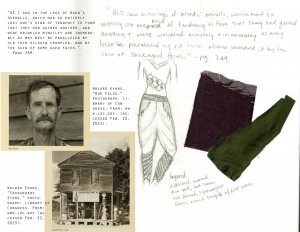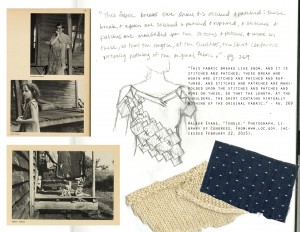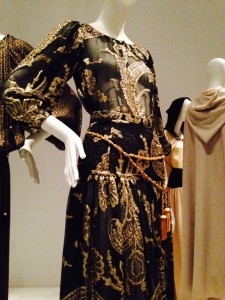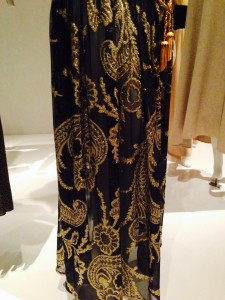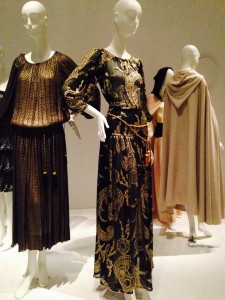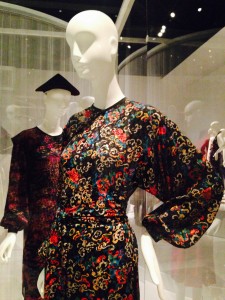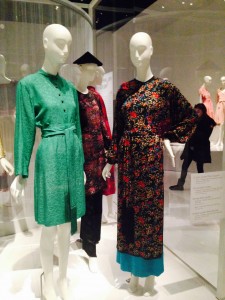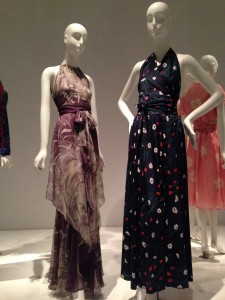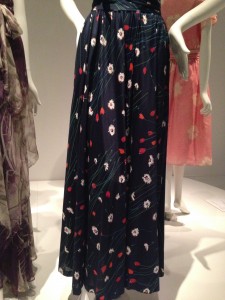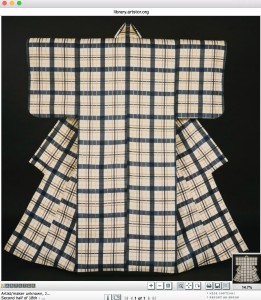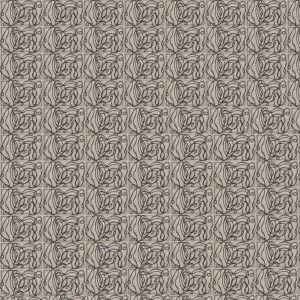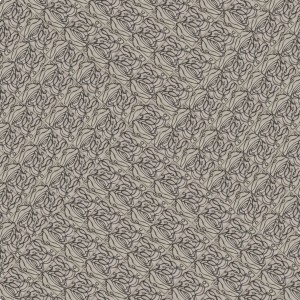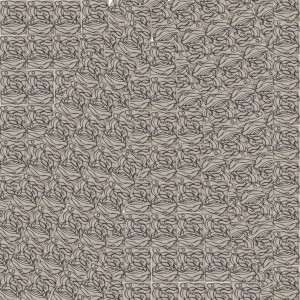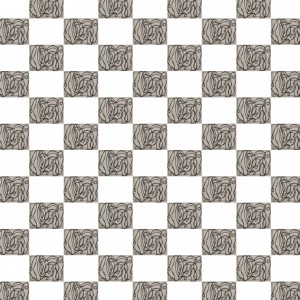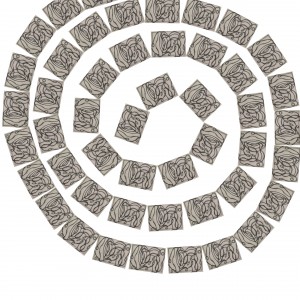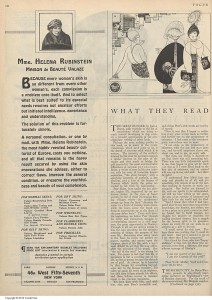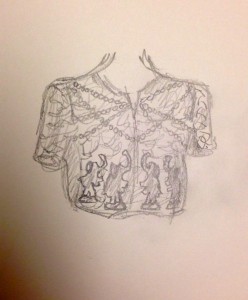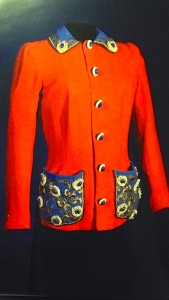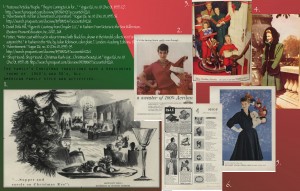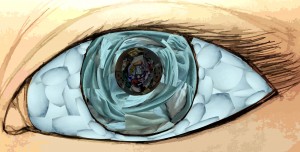Footnote: Richard Proctor and Jennifer F. Lew, Surface Design for Fabric (Seattle: University of Washington Press, 1995), 11-16.
Bibliography: Proctor, Richard, and Jennifer F. Lew. 1995. Surface Design for Fabric. Seattle: University of Washington Press.
1.1 The idea that is expressed in the reading is one that states we as humans have an impulse to make a design on something that is not already designed.
1.2 “In every case the action or technique is the result of a design need and an expression of a design principle or element. Also at work is a seemingly universal human need related more to instinct than to intellect – that is, the need to embellish an otherwise plain surface.” – pg. 11
1.3 There is something about a blank slate or canvas that appeals to humans. It allows us to express ourselves onto that surface, which is something that all humans long to do in one way or another. It makes humans feel as though they have left their mark.
2.1 The author describes the best technique as to how an artist should go about planning their pattern and how to keep both the artistic spirit alive, while also properly planning it out.
2.2 “The best plan is to work known to unknown factors, possibly establishing major color areas or guidelines, then returning to the drawing board and determining the next series of known factors…balance is struck between impulse and intellect.” – pg. 11
2.3 This is good advice for artists because artists tend to create based of emotion, but artists must also be practical in their application. If an artist can be both passionate and practical about their work, they will be able to share their work more fully and properly with others.
3.1 The author discusses how the origins of designs begin and how much of the inspiration is directly captured in the finished product.
3.2 “Eventually, the question arises as to how a particular motif or fabric design idea was arrived at. It may have come directly from that source, be it a fern frond, a pre-Columbian textile, or an Egyptian frieze.” –pg. 12
3.3 Here the important question of plagiarism or cultural appropriation comes into play. How much of the source can remain in a designer’s pattern before is becomes stealing from the source. How do we know the line between originality and inspiration?
Part 3:
Blank spaces and new beginnings are found everywhere in human thought. I believe this natural phenomenon is so prevalent because we as humans long to express ourselves and leave our mark on the world. This can be found in fashion, in the way designers can take a simple textile and put their own pattern onto it, therefore making the garment an expression on themselves and it becomes something that can be shared with others and around the world, even if they personally cannot.
How a designer communicates their ideas and designs to rest of the world is important because it is an reflection on themselves, who they are, and what they have to say. The authors of “Surface Design for Fabric” have good advice in this arena. They discuss how an artist can start with the known and move to unknown and how this leaves room for the artist to balance their emotional, artistic drive with the more practical and resourceful side of executing their design. These ideas will help an artist more properly communicate to the rest of the world.
When it comes to inspiration, there are many different questions that arise. An artist can derive inspiration from just about anything, but it is crucial that the designer give credit where it is due. What can an artist claim as his or her own work since there is nothing new under the sun? How then can an artist make sure that they are not stealing the ideas and designs of others, but rather that they are creating a conversation with the source of their inspiration?
